Ad

Apple iPhone over the years: Part 1
11,938 views
Follow Us:
11,938 views
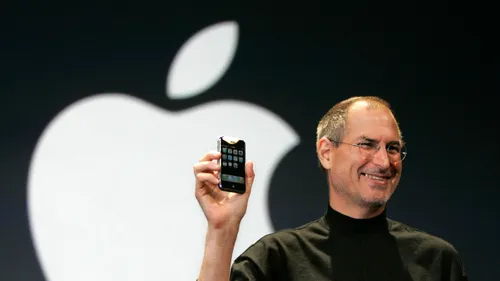
This was the first iPhone to be launched by Apple. Steve Jobs described the original iPhone as three devices in one: a “widescreen iPod with touch controls, a revolutionary mobile phone, and a breakthrough internet communications device.” It came with a large multitouch touchscreen with a single button at a time when physical keyboard was the norm. The original iPhone was futuristic but still lacked some key features including the lack of App Store and 3G connectivity which was new at the time. Most of the credit for today's smartphone form factor can be given to the original iPhone.
iPhone 3G: Getting up to date
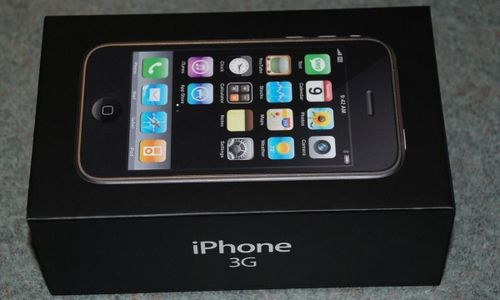
With the introduction of the iPhone 3G, Apple fixed the majority of problems with the original iPhone. The iPhone 3G as the name suggests did feature 3G capabilities for high speed data transfer. This was also the first time Apple brought the App Store to the mass market, this gave developers the golden chance to introduce their code and apps to the majority of people. This inturn increased the value of owning an iPhone because of the useful apps. The introduction of the App Store really made the phones smart. It opened the door to endless possibilities of what can be done on a phone.
iPhone 3GS:“S” for speed
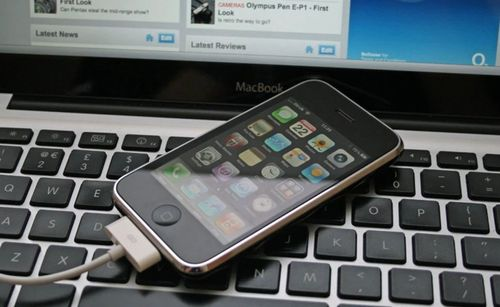
The iPhone 3GS on the surface was almost the same as the iPhone 3G. With the S model, Apple focused on improving the speed of the device and user experience. The iPhone 3GS was twice as fast as the iPhone 3G and it was the first time people got the option to copy and paste on an iPhone.
iPhone 4: the Glass Sandwich
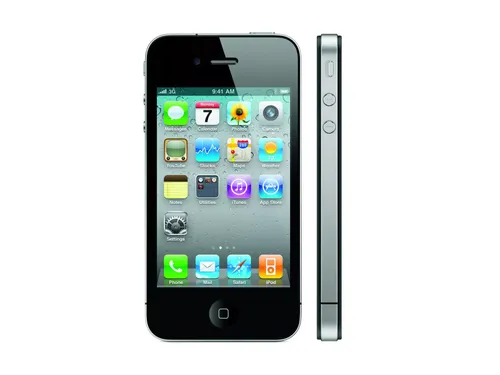
With the introduction of the iPhone 4, Apple parted ways with the smooth design after three generations and brought in the new metal-glass sandwich design. The iPhone 4 was introduced as the thinnest smartphone at the time. It was the first iPhone to feature a front facing camera for FaceTime calls and it was the first iPhone capable of multitasking. Though not all was good for the iPhone 4, it faced several network issues which was later named as the “Antennagate”, Apple’s biggest scandal of all time.
iPhone 4S: S for Siri
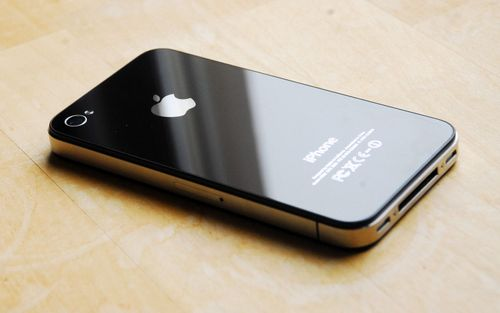
The second S update of the iPhone largely followed the same concept of keeping the same design while improving the speed and bringing new features to the iPhone. The iPhone 4S was the first Apple smartphone to ship with Apple’s voice assistant, Siri. The phone also featured an all new 8 MP camera and redesigned antenna system to eliminate the network problems of the iPhone 4. This was also the last smartphone to be released before the demise of Apple’s founder Steve Jobs.
iPhone 5: Stretching out
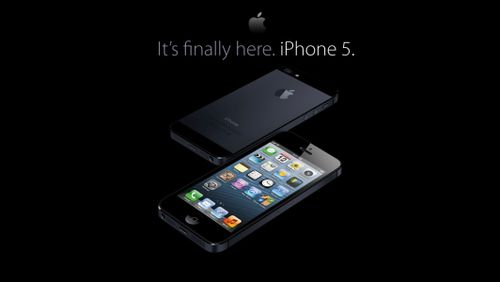
The iPhone 5 was the second major redesign to the iPhone. The phone grew to incorporate a 4” widescreen. It also dropped the glass sandwich design and used aluminium chassis that made the device lighter. This was also the first time we saw the new and reversible Lightning Connector which replaced the old 30-pin port. With the introduction of the iPhone 5, Apple started diving into large form factors smartphones.
Apple iPhone 5S: Future of Silicon
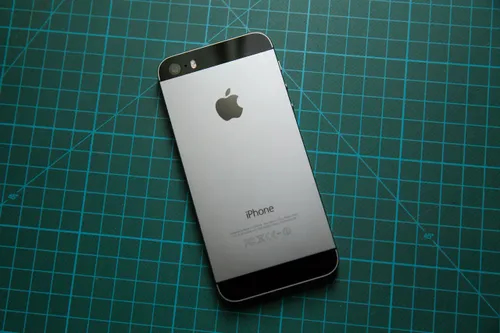
The iPhone 5S was one of the most influential smartphones of the time. This was the first mass market smartphone to be powered by a 64-bit processor with the A7 chip. It also came with an overhauled OS design with the iOS7 for a cleaner look. Though like other S updates there were very little changes seen in the design. The only major redesign was the addition of the Touch ID, Apple’s fingerprint scanner which was successful enough to make biometric unlocking a norm. The introduction of a 64-bit processor flipped the industry and became one of the turning points in the processor industry.
iPhone 5C: C for Colour
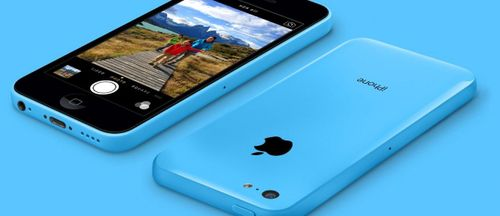
This was the first time Apple launched two iPhones in one day. The iPhone 5C had the same specs as the older iPhone 5 in a colourful polycarbonate shell. This was also one of the first iPhone which was deemed a failure due to the excessive price which made it unable to compete with the android devices in the budget segment.
iPhone 6 and iPhone 6 Plus: Big and Bigger
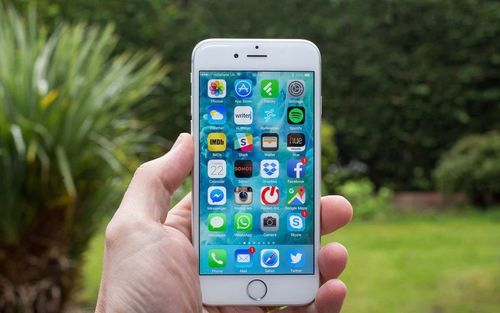
This was the first time Apple finally launched a large size phone. The iPhone 6 featured a 4.7” display while the iPhone 6 Plus came with a 5.5” display. Other than the screen, the iPhone 6 series introduced an all new design with curved edges. Both phones also featured an improved camera system and introduction of NFC capabilities for mobile payments. The iPhone 6 series was not as sturdy as the previous models and would easily bend, which led to another scandal, the “Bendgate”. The introduction of the larger iPhones made fans go crazy around the world. To this date the iPhone 6 series has been the most sold smartphone ever.
iPhone 6S and iPhone 6S Plus: Gaining Weight
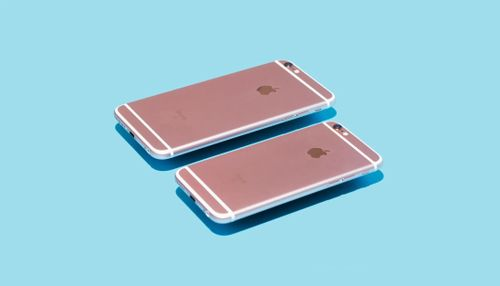
Another S year came with another similar looking iPhones. The design of the iPhone 6S and the iPhone 6S Plus were identical to that of their predecessors. This was the first time Apple launched an update that was thicker and heavier, this was done to make the device strong to eliminate the bendgate. The 6S series also introduced an all new pressure sensitive display named 3D Touch, it was a nifty feature but failed to be a mainstream one. The iPhone 6S also bought an all new 12 MP camera system and support for 4K video recording.
iPhone SE: Blast from the Past
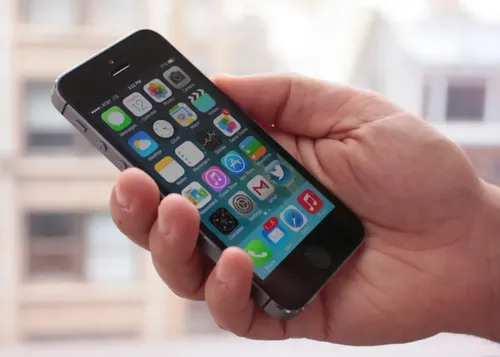
Apple surprised the world in the beginning of 2016 with the mid-cycle iPhone SE release. The affordable iPhone has all the same speedy internals as the iPhone 6S in an older design that looked identical to the iPhone 5S. This was the device for the people who were not ready to shift to a large smartphone. It was also Apple’s first entry in the affordable smartphone market.
Apple iPhone 7 and iPhone 7 Plus: Courageous Omissions
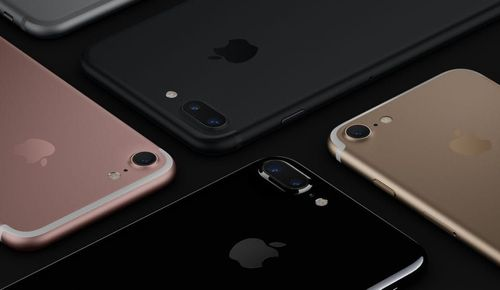
With the iPhone 7 series, Apple further refined the design seen with the iPhone 6 series and 6S series. The iPhone 7 series offered a better camera system and for the first time came up with water resistance certification. The iPhone 7 Plus introduced a second 2x telephoto camera unit. With iPhone 7 and iPhone 7 Plus, Apple ditched the mechanical home button in favour of capacitive look-alike. This was also the time Apple ditched the headphone jack. The iPhone 7 series brought a major shift in the smartphone industry. Due to the lack of the headphone jack, Apple did face a lot of criticism but soon the whole industry followed Apple’s path making the 3.5 mm headphone jack disappear slowly.
This marks the end of the first part of the article. Continue reading at Apple iPhone over the years: Part 2
Latest News





Reviews & Guides
View All
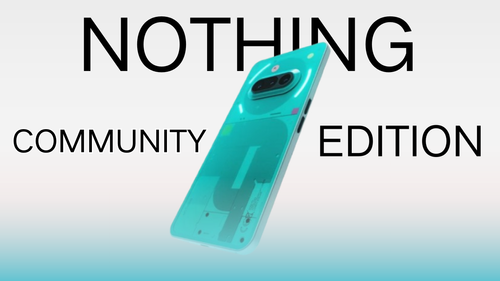
Nothing Phone 3a Community Edition First Impressions: A Fresh Take on Budget Smartphones

Realme P4x 5G Review: Budget-Friendly Beast with Epic Battery Life

Sony BRAVIA 7 Mini LED K-65XR70 vs. Haier Mini LED H65M95EUX

Samsung QN90F (65QN90FAU) Review: The King of Bright-Room Viewing

Why doesn’t Apple reveal the iPhone battery in advertisements?
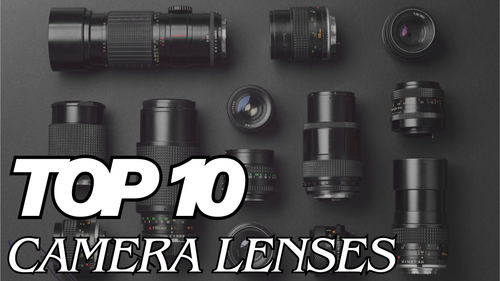
Top 10 camera lenses you should Own in 2025
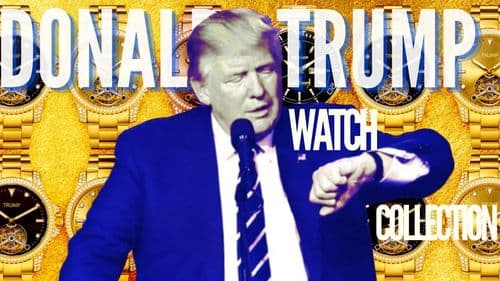
Donald Trump Watch Collection: Timeless Luxury on the Wrist

Best Smartphones Under 30,000 in 2025







